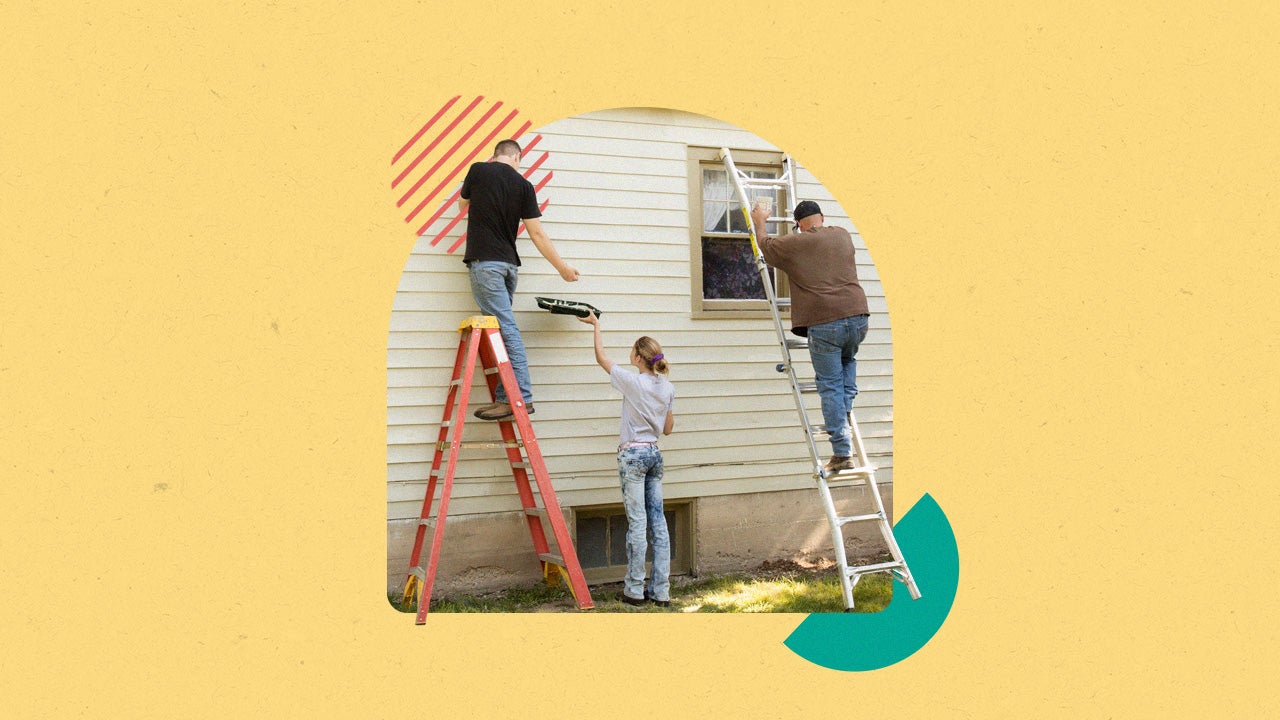Should you apply for a mortgage online?




Key takeaways
- Online-only mortgage applications can offer faster processing times and convenience, but might not be the best fit for individuals with complicated finances or who don’t fit the typical borrower profile.
- While online mortgage lenders are generally safe, do your due diligence and protect your personal information when applying online.
- The closing — the final step in the mortgage process — usually still requires an in-person experience, even with online-only lenders.
Close to three-quarters of mortgage borrowers begin the mortgage origination process online, and most lenders help you complete the preapproval or loan application through online portals. Still, if you’re not sure if online is the way to go, here’s what to consider.
Should you apply for mortgages online?
The process of getting a mortgage involves a lot of paperwork and time. Completing the application online — or even with an online-only lender — could potentially speed up this process, but it’s not for everyone. Think about:
How complicated are your finances?
If you receive a steady paycheck from an employer and have excellent credit, your financial picture would be fairly easy to understand in terms of mortgage underwriting. In this case, an online application could be the easiest route compared to face-to-face with a loan officer.
However, if you’re self-employed, have recently gone through a big financial change in your life — a divorce or bankruptcy, for example — or don’t fit the standard applicant model in some other way, explaining your situation might be easier in-person with a loan officer.
Keep in mind: Even if you complete a mortgage application online, you’ll still interact a loan officer at some point. They might reach out with follow-up questions, for instance, or a request for additional documentation. They’ll also help you finalize and close the loan.
How fast do you need to close?
If you’re on a tight timeline, an online application with an online-only lender could help expedite things. Online-only lenders tend to have more sophisticated technology that can turn around a preapproval in minutes or hours and credit decisions within a day or two. That doesn’t mean brick-and-mortar lenders can’t do the same — but you’re more likely to encounter this speed with an online-only provider.
Have you ever done this before?
If you’re a first-time homebuyer, buying a home can feel overwhelming. Think about whether you might benefit from someone to walk you through the process in person.
Pros and cons of online-only mortgage applications
You’re about to ask to borrow a lot of money to buy a home, so it’s important to think carefully about what you need from a lender. Here are the upsides and drawbacks of online-only mortgage options:
Pros of online-only mortgage applications
- Faster processing – Lenders focused on a high-tech application experience tend to offer faster processing times, handling loan applications 20 percent faster than other lenders, according to a report by the Federal Reserve Bank of New York. One important caveat: For the speediest turnaround, your credit and finances should be fairly straightforward.
- Convenience – With an online mortgage application, you can easily locate and upload documents, such as your latest bank statements, pay stubs and tax returns, to a secure website instead of needing to provide a hard copy to the loan officer.
- Lower costs – Online mortgage lenders typically have lower overhead costs than brick-and-mortar lenders, which can translate to lower interest rates and closing costs for you.
Cons of online-only mortgage applications
- It might not be that much faster – Many institutions that have a physical retail presence can compete with online-only lenders when it comes to timing.
- Less hands-on help – Because you’re applying online, you might not know who to contact for help or questions. If there isn’t an easy way to connect to a loan officer within the application portal, you might find yourself on the phone (or worse, on hold), adding more time to the process.
- Potential for hiccups – An online application is designed to speed up the process, but if your situation is outside the norm — maybe you’re self-employed, your credit history has some dings or your debt-to-income (DTI) ratio is high — it could take longer to process your application.
- Fees – Despite their lower overhead, online-only lenders often still charge fees that will add to your closing costs.
Are online-only mortgage lenders safe?
Generally, online-only mortgage lenders are legitimate, but as with any business you’re considering working with, do your due diligence. Whether online or not, all mortgage lenders are required to comply with federal regulations for data protection and privacy. Online lenders typically use secure websites for you to submit your application and upload your documents. These portals usually have a login with a password, and sometimes two-step authentication for an additional layer of security.
That said, there’s always some risk if you’re submitting personal information online. Before doing serious business with the lender, here are some tips to help protect yourself:
- Check the Better Business Bureau or your state’s banking department for signs of bad actors and complaints.
- Ask about your lender’s security practices. If a lender is legitimate, these should be well-documented and furnished to you without issue.
- Avoid sending documents with personal information via email unless it’s encrypted, or over a public Wi-Fi network unless you’re using a virtual private network (VPN).
- Be on guard for phishing. Many lenders email a secure link where you can upload documents safely, but this is also a gateway for phishing scams. It’s best to call your loan officer directly to confirm the email is legitimate. In addition, hover your cursor over the sender’s email address and any links (do not click them!) to see if you recognize them. If you’ve confirmed the email and link are real, be sure to submit personal information using this link, not by replying to the email itself.
- Look at the lender’s online customer reviews — but be wary of fake testimonials, which often have generic language and perfect punctuation and spelling, and appear overly positive.
How to get a mortgage online
The process for applying for a mortgage online is similar to the traditional application process. The key difference is that you’re doing it digitally, not in person or via the mail. Here is an outline of what you’ll need to do:
1. Shop around
Gather your financial information (including bank statements, pay stubs and tax returns) and research at least three mortgage lenders with online applications. Many provide you an initial mortgage rate quote online before you apply. Keep in mind that rates change daily, and your credit score can take a hit if there are several inquiries beyond a 45-day window. With that in mind, compare lenders ideally on the same day for the most accurate comparison.
2. Review the loan estimates
A loan estimate is a document that details your rate quote and other loan information based on what you provided in your preapproval or loan application. It’s not a final offer, however. You’ll need to submit documents and lock in your rate for that to happen. Still, the loan estimate provides you with information to understand the costs of each offer so you can choose the right one for you.
3. Choose a lender
Take the time to compare your options. Consider whether the lender charges an origination fee, whether you’ve applied discount points to the offer and how much these expenses could add to your closing costs.
In addition, keep an eye out for excessive fees that might not be necessary, such as an “email fee” or “miscellaneous fee,” and ask for clarification about any costs you don’t understand.
4. Submit documents
After comparing options and settling on a lender, you’ll proceed to the underwriting process. At this stage, the lender will ask you to upload your documents via a secure portal. Try to complete these requests as quickly as possible to avoid delays. The same goes for documents you’ll be asked to e-sign — but be sure to read them carefully to make sure you understand what you’re signing.
5. Close the loan
Once you’ve been approved and cleared to close, you’ll receive your final disclosures, which you’ll review and sign. When you get the closing disclosure, compare it to your initial loan estimate to ensure there aren’t any material cost changes you weren’t aware of. If there are, ask your lender for clarification. You’ll have at least three business days to review this document, so don’t feel pressured to sign right away.
The closing process will likely be the one exception to your “online-only” experience. Even most digital lenders still require an in-person closing process with a notary to get the keys to your new home.




